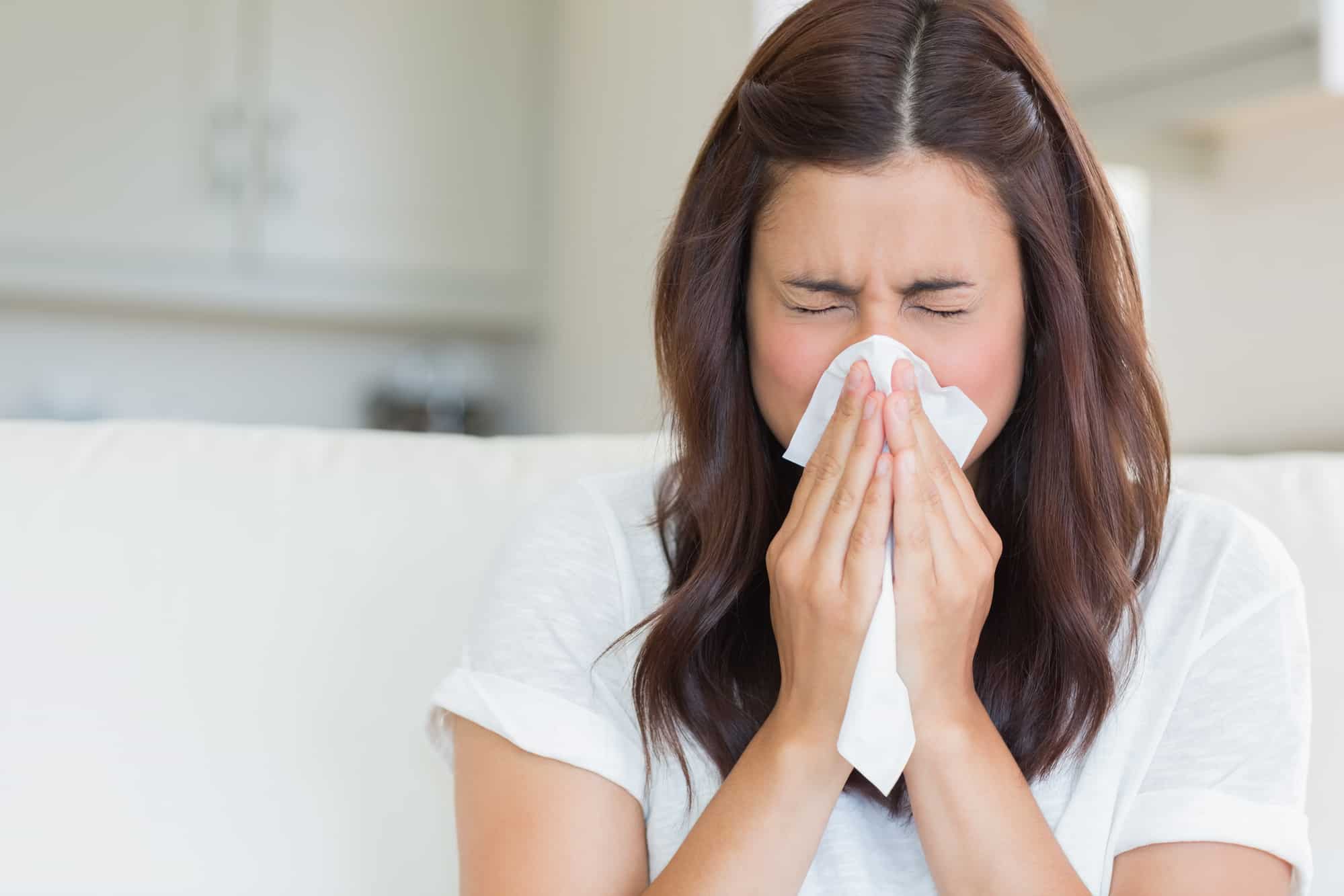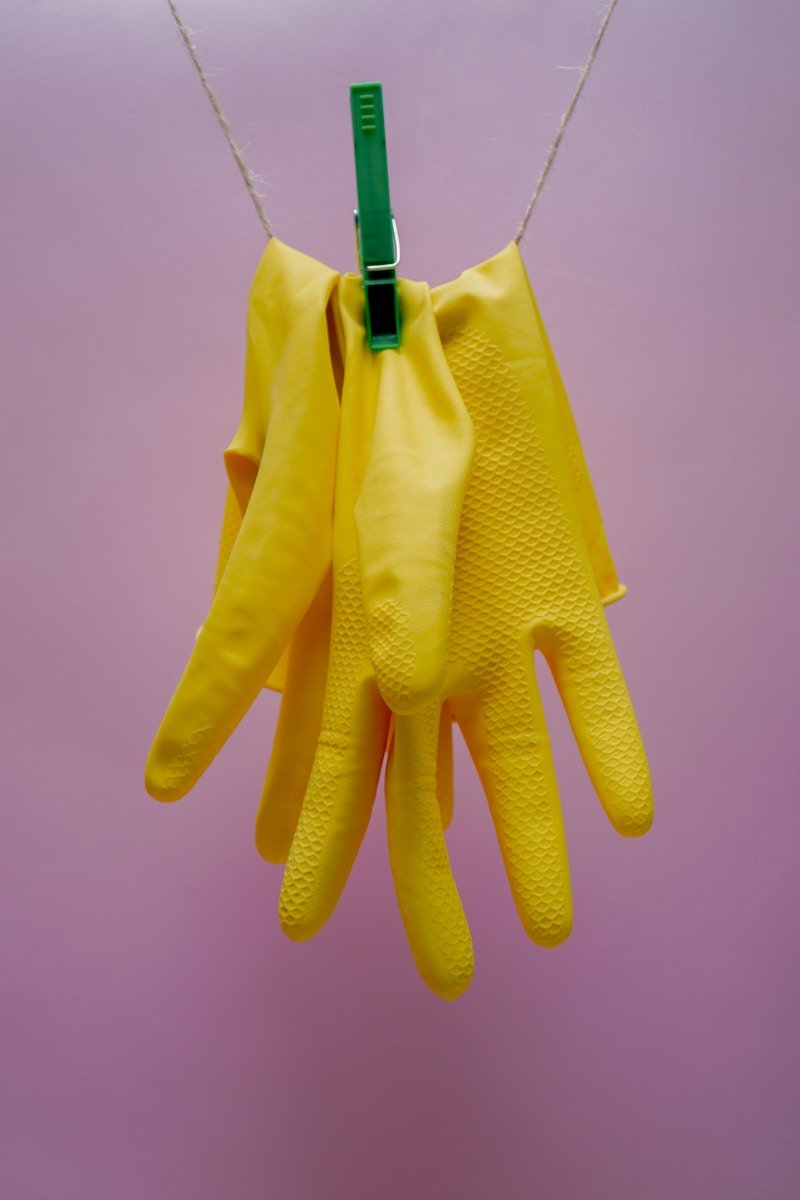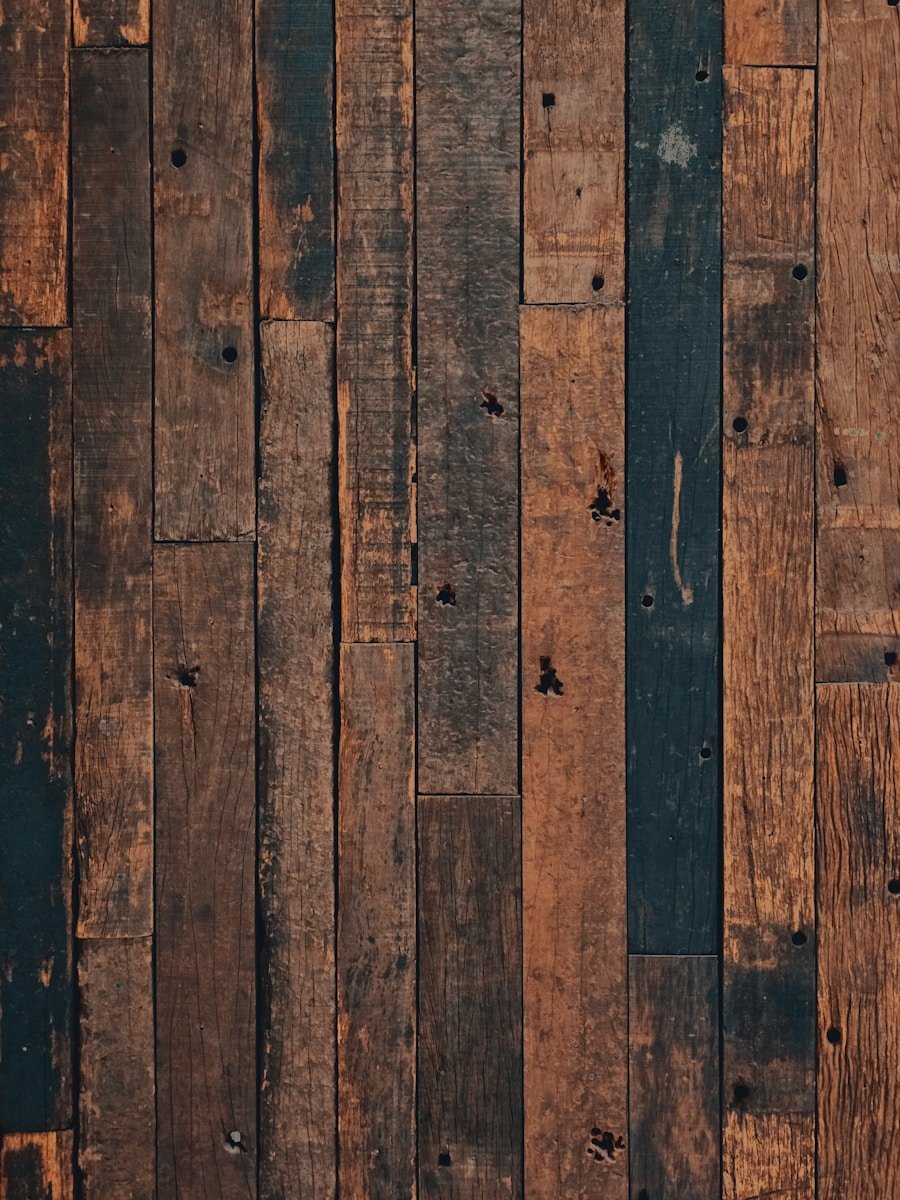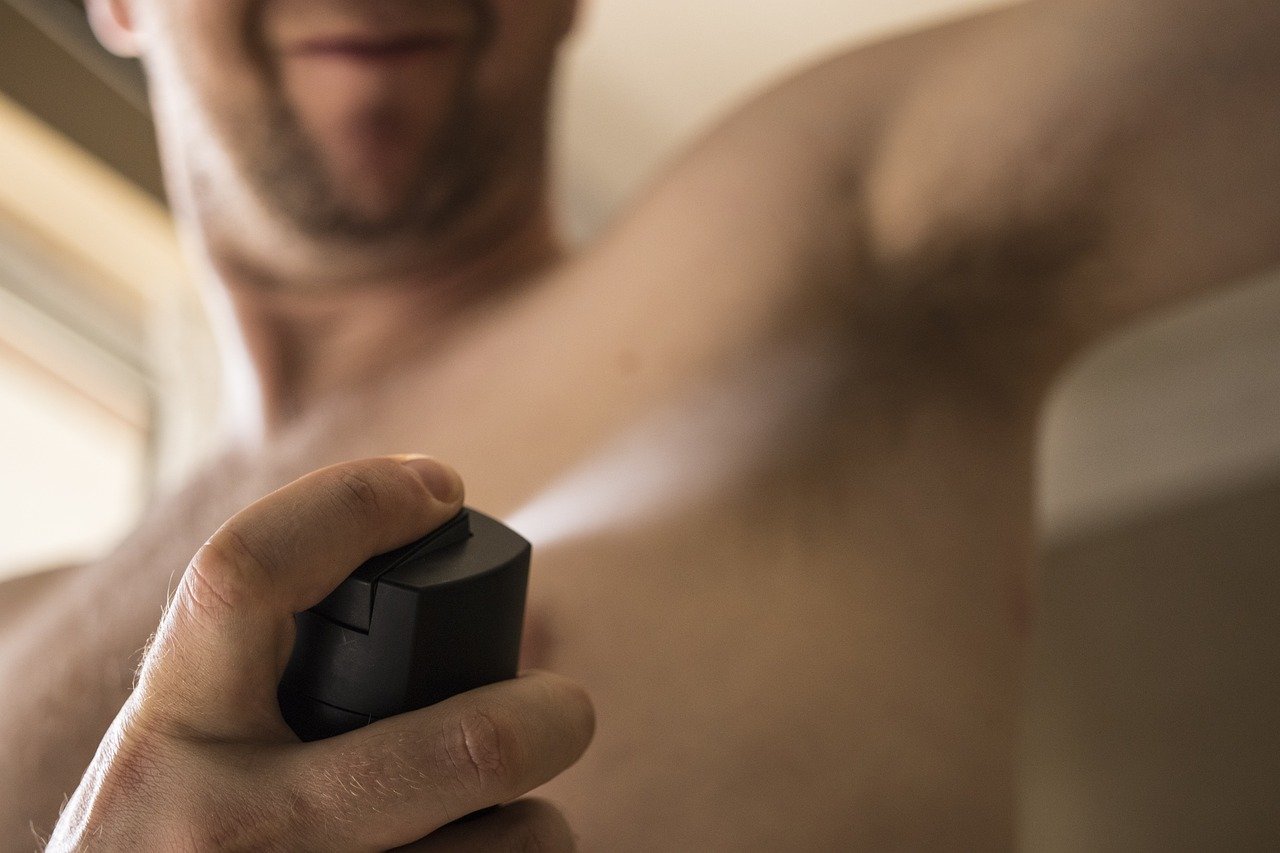Table of Contents
A clean, fresh-smelling house is what we all want to come home to at the end of a long day. But what if the first thing you smell as you step into your home is the piney, slightly skunky weed smell? Does this undoubtedly mean that someone has been smoking weed inside your house? Not always…
Here are 5 of the top causes of a weed-like smell in your house:
- Body odor/sweat
- Skunk
- Plants and flowers
- Beer
- Black Mold
Let’s take a look at each of these closely to find out why they make your house smell like weed. I will also talk about what you can do to make that weed-like smell disappear from your home. Let’s face it, the last thing you need is people thinking you’ve been smoking it, when you haven’t.
Why Does My House Smell of Weed if Nobody Smokes?
Your house smells of weed because something inside or around your home has chemical components similar to weed. It doesn’t necessarily mean that someone is smoking marijuana. If this bothers you, identify the culprit and take the necessary steps to get rid of the unpleasant smell.
Let’s take a closer look at these probable causes of the weed-like smell in your house and what to do about them.
1. Body Odor/Sweat
Human sweat has about 100 components, while weed has around 233. Sweat, particularly apocrine sweat, and weed share 11 of these.
Apocrine sweat, the kind of sweat that activates during stressful situations, comes from glands found in the genitals, armpits, breasts, and scalp. Additionally, terpenes, chemical compounds responsible for the distinct smell of weed, are also found in human sweat (source: Leaf Nation).
So if you detect a weed-like smell in your house, you might want to reevaluate yourself first. Are you stressed? Are you sweating? Is someone else in the house sweaty? The weed-like smell may be coming from your (or others’) apocrine sweat. It might just be the reason why your house smells like weed!

2. Skunk (The Animal)
If you smell weed inside your house, you may want to check if there’s a skunk (as in, the smelly animal) or a whole family of skunks living nearby. Check in obscure corners of your yard, underneath your house (if there’s ample space for skunks to crawl into), or inside your shed or garage.
Skunks and cannabis surprisingly share some similar chemical compounds, which are the culprits for the strong, unmistakable scent they both produce.
Cannabis and skunks contain similar sulfur compounds responsible for the distinct odor they share. Skunks release odor from their backsides to drive away potential predators, thanks to these sulfurous compounds.
Plants like cannabis, on the other hand, utilize this distinct scent from the sulfur compounds to ward off predators, such as insects and foragers, and attract pollinators, such as bees and butterflies (source: Live Science).
If you do find that the culprit is a skunk, you can look at our article on essential oils that get rid of skunk smells.
3. Plants and Flowers
There are amusing stories of quaint homes being raided by the police for suspicion of being a marijuana factory. For example, a couple in the UK whose house was broken into by drug dealers.
The would-be thieves were sorely mistaken when they found out that what they thought was a massive stash of pot was actually just some flowering plants growing in the couple’s garden (source: Bristol Post).
Here are some of the plants that might win you a mistaken visit from the authorities:
- Spider flower
- Skunk cabbage
- Tomatoes
- Moss phlox
- Mugwort
- Phlox subulata
- Caucasian crosswort
If you have these plants and flowers growing in your garden, chances are you’ll get a whiff of that weed-like smell now and then in your house. These plants and flowers contain certain chemical compositions similar to cannabis that make them give off the same scent (source: Herb).
If the smell doesn’t bother you, your property will be all the better for it because some of these plants and flowers are pretty appealing to the eye.
Blame it on terpenes, a classification of pungent oils naturally occurring in some plants. They are responsible for determining how a plant or flower smells.
Cannabis contains high concentrations of this chemical compound and is strongly associated with this particular scent (source: Medical News Today).
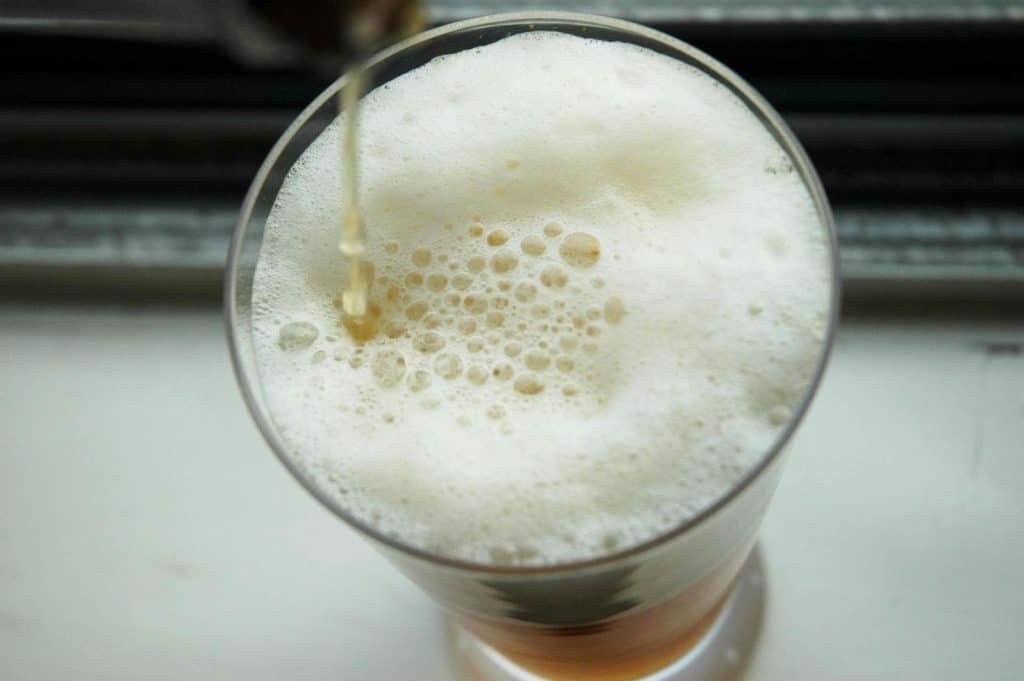
4. Beer
What gives beer its bitter flavor is hops. These are the green, cone-shaped flowers of the hop plant. Studies show that the hop plant (Humulus lupulus) and the cannabis plant (Cannabis sativa) are closely related.
Blame it, again, on terpenes – that chemical compound responsible for determining a plant’s smell (source: Popular Science). Beer and weed may sometimes smell similar because of terpenes.
Another factor that may contribute to making beer smell like weed is sunlight. Hops, a major component of beer, are light-sensitive.
When beer is exposed to sunlight, free radicals remarkably similar to the smell of marijuana are formed. This scent is so pungent that it can easily be identified (source: Gentside).
This is why you may sometimes get a whiff of weed when you pop open a bottle of beer. It’s also the reason why canned beer sometimes smells fresher than bottled beer.
Canned beer is completely protected from light, hence avoiding the formation of free radicals. Beer in green or brown bottles is also better protected from light compared to clear bottles.
Store your unopened beer bottles and cans in a cool, shaded area if you want to keep your house from smelling like weed every time you enjoy a brewski.
Make sure that light, whether sunlight or ambient light, never shines on the bottles and cans. Alternatively, opt for canned beers if you want to avoid the weed-like smell altogether.
5. Black Mold
If you’ve eliminated all the possible scenarios mentioned above and the weed-like smell still permeates your house, you may be dealing with black mold, specifically Stachybotrys chartarum. Some people associate its pungent smell with the odor of marijuana.
You have to identify the source at once so you can get rid of it. Black mold may contain fungus fragments and airborne spores that produce toxic chemicals (source: Web MD).
Black mold is typically found in damp areas with little to no ventilation system, where humidity is high. It commonly grows and spreads inside bathrooms, basements, or in any room where there has been a water leak.

People who have been exposed to black mold for a prolonged period, are allergic to mold, or have asthma may experience any of the following.
- Coughing
- Sneezing
- Nasal congestion
- Itchy eyes and throat
- Postnasal drip
- Dry and scaly skin
- Wheezing
- Chest tightness
- Shortness of breath
This is how to get rid of black mold (source: HGTV):
Remove the source of moisture. Leaks are usually the culprits.
Seal the infected room using plastic covers and duct tape. This is necessary to keep mold spores from spreading to other areas in the house.
Wear protective gear. Make sure your gloves are sturdy and your goggles do not have ventilation holes through which mold spores might be able to get in. Use a face mask or respirator that is proven to work in keeping mold spores away effectively.
Apply your chosen black mold removal product. You can make a baking soda solution by mixing 1 part baking soda with 1 part water until you form a paste. Apply this to the problem area, then scrape away using a brush.
Thereafter, mix 50/50 baking soda and water solution in a spray bottle, shake, and spray over the infected area. Another option is to use white distilled vinegar; simply pour or spray. (source: Country Living).
Place all the items you used inside a heavy-duty garbage bag. Dispose of them promptly.
Things aren’t always what they seem, especially if your house suddenly smells like weed. If you are confident that nobody in your home smokes marijuana, then it’s time to do some sleuthing to identify the culprit.







